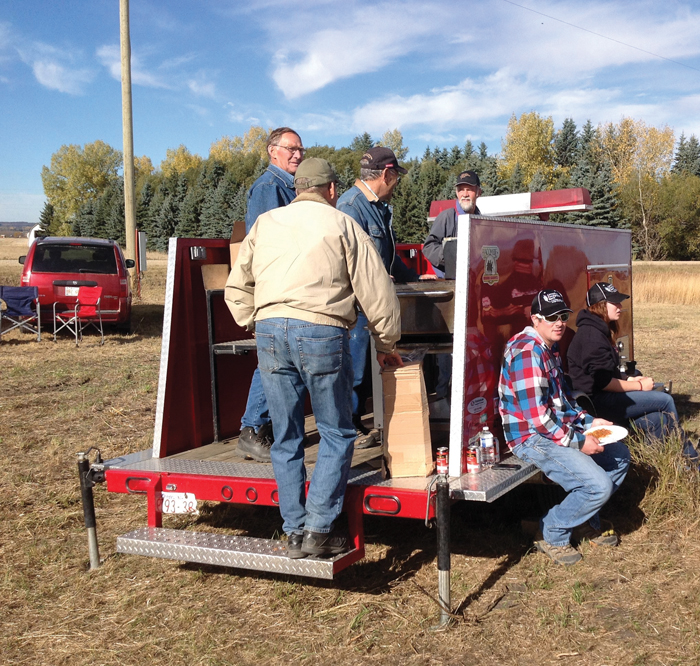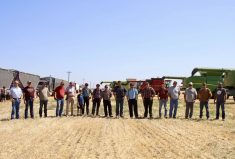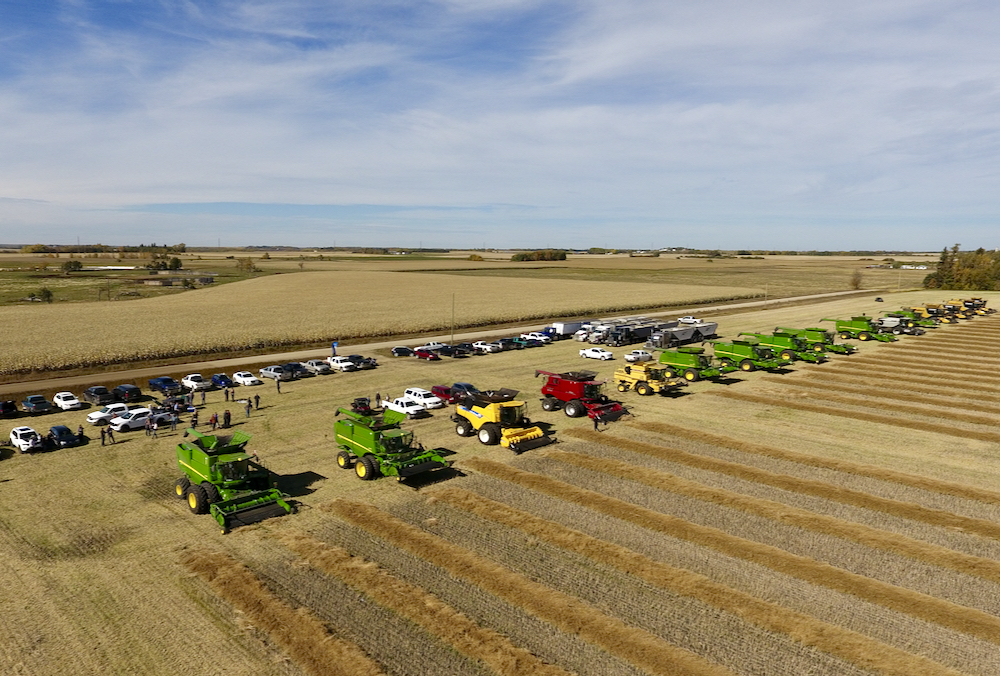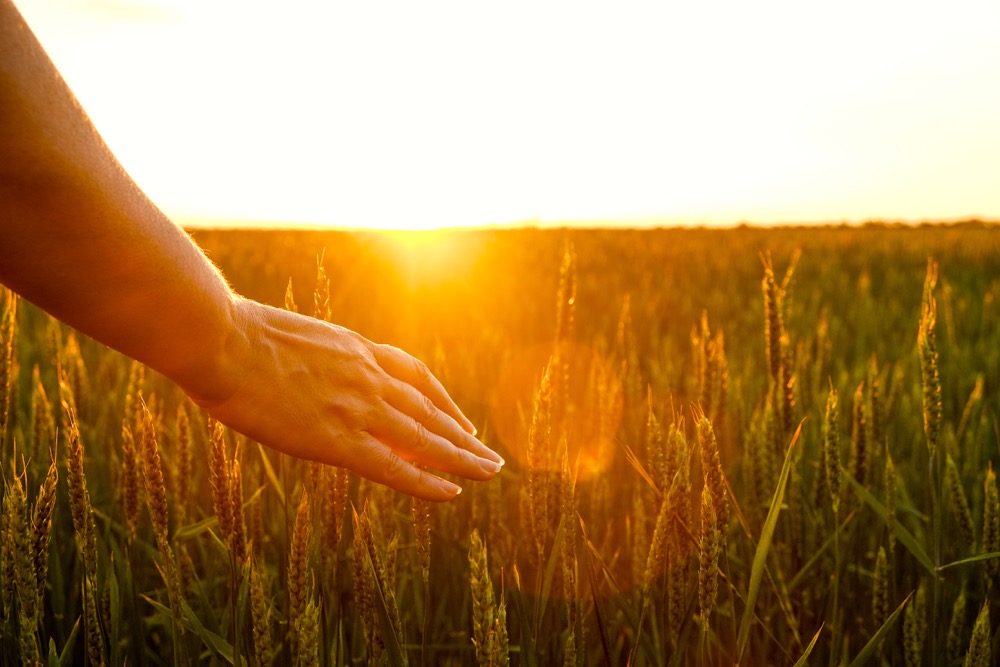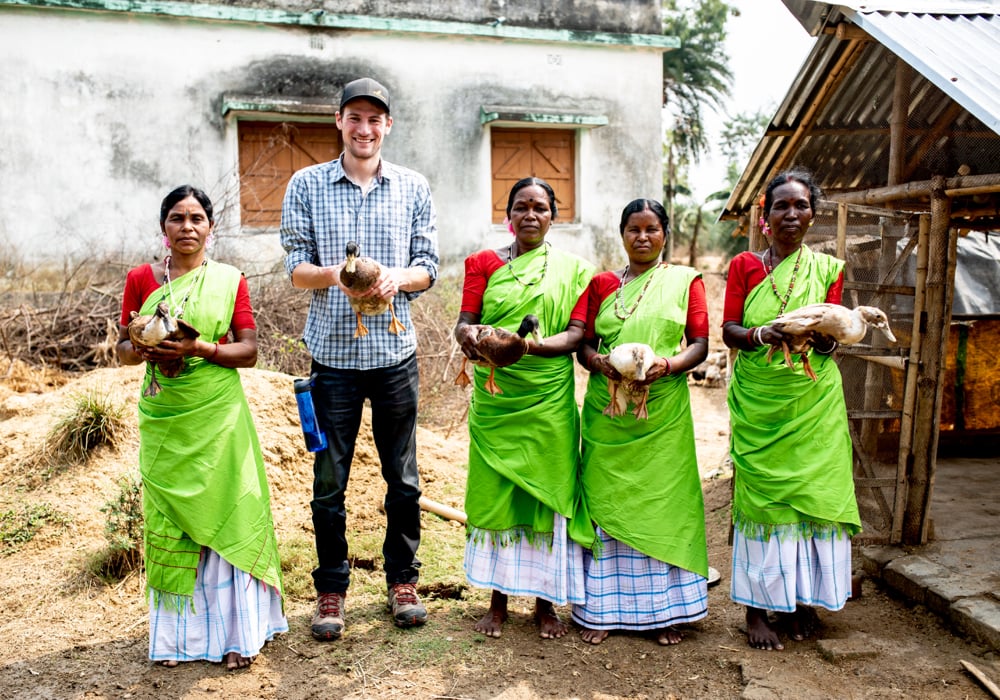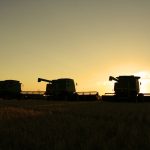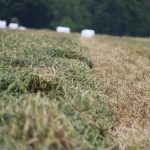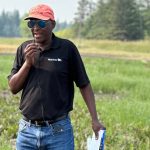Giving up a quarter section of land isn’t a great way to make money farming — but Dirk Drost didn’t hesitate when he heard the Canadian Foodgrains Bank was looking for land for a growing project in his area.
“You hear about people who don’t have anything to eat, and we figured we could help in that way,” said Drost, who farms near Lacombe with his wife and son. “It’s no skin off our backs.”
The Drosts have been involved with the Central Alberta Growing Project for years, spraying in the spring and combining at harvest. But last year, when a neighbour offered them a piece of land to rent, the family decided to donate the land to help the Foodgrains Bank.
“That’s probably the toughest part for the Foodgrains Bank — finding land every year,” said Drost. “Because of the other quarter becoming available to us, we could do it.”
And it’s a “great cause,” he said.
“We’ve travelled a bit in the world. About a year ago, I was in Nicaragua, and we saw how people live there,” said Drost. “You see how people live and how happy they are, even if they’re not as well off as we are.”
Last year’s growing project raised $74,250, with every dollar being matched by the federal government on a four-to-one basis.
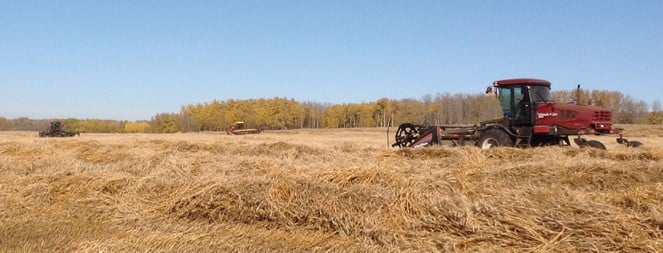
“I am a farmer, and you like to see a good crop grown on your land,” said Drost. “The more revenue we can create off that, the more people we can help in the world who are in need of grain to feed their families.”
Drost figures he might have generated $20,000 for his own operation had he not donated the land — but giving to those less fortunate is a duty for people who “have it good,” he said.
“Everybody is talking about their ‘rights’ in the world, but we have duties too. As people, if we can give and help people out, I think that’s our duty.”
Since 2000, the Central Alberta Growing Project has raised more than $842,000 (not counting matching dollars). This growing season will also mark the 20th anniversary of the project and organizers are looking for someone to donate land for this year’s effort.
Read Also
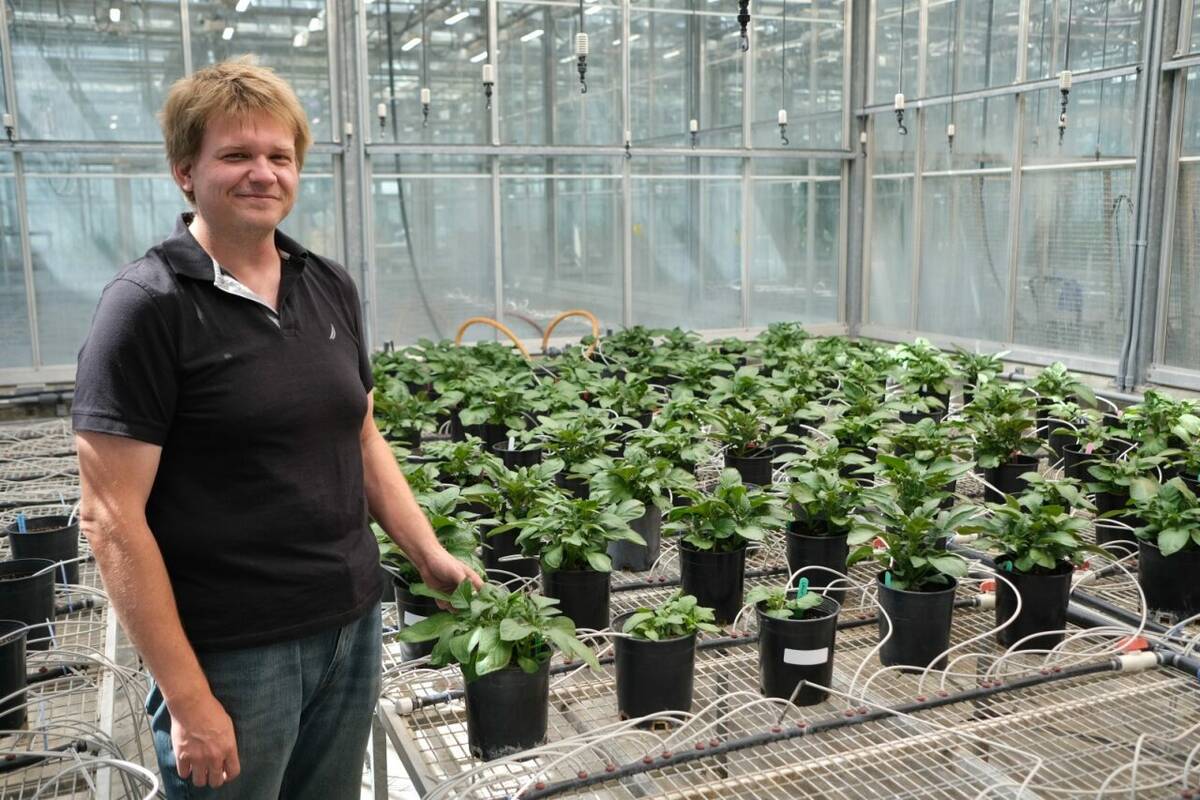
Hail research hopes to benefit potato growers
Alberta research scientist measures hail storm and heat dome affects on potato crops
Drost hopes one of his fellow farmers will decide to “reach out into the world and be willing to help out” the Foodgrains Bank.
“Hopefully, somebody can get it in their hearts to give up a piece of land,” he said. “You hate to see people starve in the world, and hopefully, we can help out.”
If you’re interested in making land available in 2015 (either by donation or lease) or want to be involved in the Central Alberta Growing Project, call Doug Maas at 403-782-1860.

